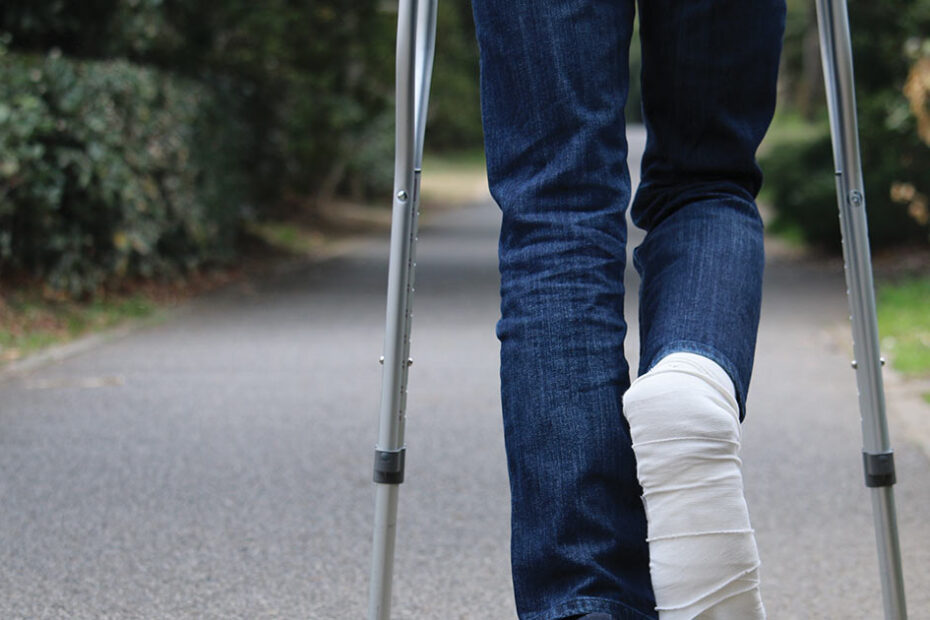When you’ve been in a motor vehicle accident as a result of the negligence of another driver, there is generally a clear entitlement to compensation for injured drivers and passengers.
But what happens when someone gets injured in a motor accident, and no one is to blame?
There was a recent decision in the District Court at Sydney involving an interpretation of the “blameless” accident provisions of the Motor Accident Compensation Act 1999 (NSW). The case was Garry Connaughton –v- Pacific Rail Engineering Pty Limited and was heard on 12 February 2015. The case was determined by Her Honour, Judge Norton SC.
CASE BACKGROUND – Garry Connaughton –v- Pacific Rail Engineering Pty Limited
The proceedings were for personal injuries arising out of a motor vehicle accident which occurred on 13 July 2011. At that time, the Plaintiff was a driver of a motor vehicle which was involved in a single vehicle accident involving a tree which fell onto the road. The Plaintiff, Garry Connaughton, was driving his truck in a northerly direction on Mount Ousley Road at Mount Ousley at approximately 10:30am when a roadside tree fell and struck the cabin of the truck, which then ran out of control but subsequently came to a halt. The Plaintiff was badly injured in the accident and injury was conceded by the Insurer and there was no issue regarding contributory negligence.
The Plaintiff had little recollection regarding the accident. He was driving his truck in the curb side lane of the road and his first recollection was a man yelling out and his last recollection was driving up the road and there being nothing on the road in front of him.
The Judgment is quite detailed but in summary, Her Honour was asked to decide three questions:
- Has there been a motor vehicle accident?
- If so, is it a blameless accident?
- Is the Plaintiff excluded from recovery under the blameless accident provisions by operation of Section 7E in relation to drivers?
in summary, Her Honour found there had been a motor vehicle accident and it was a blameless accident. Furthermore, the Plaintiff was not excluded from recovery under the blameless accident provisions by operation of Section 7E as she found the Plaintiff did not cause this accident. His driving on the raod was no more than a background fact which explains why he was in a position where he could be struck by a tree. Plus the driving of the Plaintiff was nothing more than “the mere occasion of the injury”.
Furthermore, at Paragraph 73 Her Honour stated:-
“73. Looking at the words of the Section and bearing in mind the words used in the second reading speech (of Parliament) I find that even under the extended definition of causation of Section 7E there was no act or omission on behalf of the Plaintiff, either voluntary or involuntary, which can be said to have caused the accident. I do not accept that the words mean the driver in single-vehicle accidents are deemed to have caused that accident.”
Accordingly, in summary, there was a verdict entered in favour of the Plaintiff which means liability was wholly determined in his favour against the Defendant Insurer. There was a further order made by Her Honour that damages are to be assessed.
In the end, it was found that because no act by the man who suffered injury in his blameless motor accident, either voluntary or involuntary, could have caused the accident, with a verdict in favour of the plaintiff delivered to assess his damages from the insurance company.
If you have been in a motor accident, regardless of whether it is negligent or blameless, we will be happy to offer a complimentary, free consultation to discuss your claim and determine whether you have a genuine claim for compensation.
